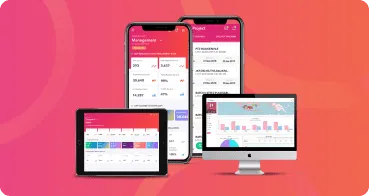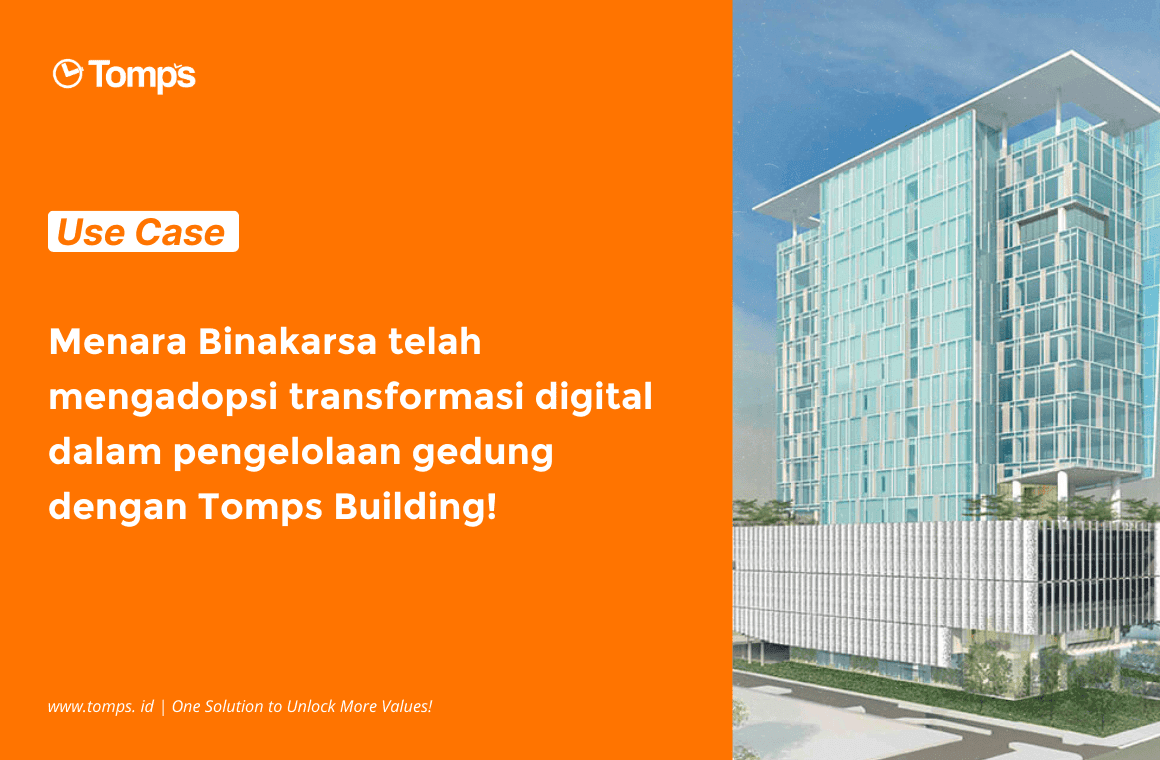Agile methodology has become the preferred choice in the software development world, introducing a new paradigm that emphasizes flexibility, collaboration, and responsiveness to change. In this article, we will explore what Agile methods are and their characteristics, advantages and disadvantages.
The Meaning of Agile
Based on a previous article entitled Metode Agile: Pengertian, Prinsip, Tujuan, dan Jenis, Agile means an approach to iterative software project development that emphasizes literacy, flexibility, and collaboration between teams. In this case, Agile means a methodology that prioritizes team collaboration, individual responsibility, and flexibility to change.
Agile Methods and Their Characteristics
Reporting from the article akseleran.co.id, there are several Agile methods that have different characteristics and approaches. Here are some of the most commonly used Agile methods:
1. Scrum Methodology
This Agile method has a focus on complex software development. Scrum software work consists of several sprints. Agile sprints are several small processes that each have specific features. This Scrum method uses an iterative and incremental approach to software development. The main characteristics of this method lie in its division of projects into "sprints" (short iterations), well-defined roles (Product Owner, Scrum Master, and Development Team), and regular meetings such as Daily Standup.
2. Scaled Agile Framework (SAFe)
Scaled Agile Framework (SAFe) comes specifically for large companies that want to use the meaning of the Agile method. SAFe is a solution because there is cooperation between divisions when implementing projects so that it is more flexible and effective. The main characteristic of this method is that it uses the backlog concept (Portfolio Backlog, Program Backlog, and Team Backlog) to manage priorities and plan work. Priorities are set based on business value and customer needs.
3. Lean Software Development (LSD)
Lean Software Development (LSD) is an Agile method that aims to develop software using a minimal number of human resources. LSD is done by launching a product with limited features or Minimum Viable Product (MVP), according to customer needs. This method is inspired by the principles of Lean Manufacturing and aims to eliminate waste in the software development process. The main characteristics of this LSD method are the application of Lean principles such as eliminating waste, building quality from the start, and being responsive to change.
4. Kanban
Kanban is an Agile method with a visual process so that work flow activities are better monitored. This visual is called the Kanban Board in the form of a virtual board that has three stages To Do, in Progress, and Done. The purpose of this Agile method is to optimize performance flow and minimize cycle time. Its main characteristic is that the Kanban board is used to visualize work and its status, without specific time iterations (as in Scrum). Work flow is managed by moving task cards through columns representing different stages of development.
5. Extreme Programming (XP)
Extreme Programming (XP) is an Agile method that has a main focus on the technical side of software development that emphasizes technical practices and intensive collaboration in teams so as to produce high-quality software. Thus, the potential of the development team will increase significantly because they have worked extra hard. The main characteristics of this method are pair programming, automated testing, continuous integration, and simple code writing are some of the practices that underlie XP.
6. Crystal Methodology
Crystal Methodology is an Agile method that focuses more on the conditions of the working team than on tools or processes. Focus on team communication, interaction, documentation, and feedback. Thus, the results of software development can be maximized. The Crystal method was developed by Alistair Cockburn and has several variations (Crystal Clear, Crystal Yellow, etc.) that can be adapted to the size and needs of the project. Its main characteristics focus on communication and collaboration and customizing the process to the size and complexity of the project.
7. Dynamic Systems Development Method (DSDM)
Dynamic Systems Development Method (DSDM) is an Agile method that focuses on the continuous involvement of all team members to deliver software that is of real benefit to the business world. The DSDM method emphasizes fast delivery while maintaining quality and focusing on business needs. The main characteristics of this method are using the principles of intensive collaboration, iteration, and incremental development.
8. Feature Driven Development (FDD)
Feature Driven Development (FDD) is an Agile method that focuses on completing a single feature. It is similar to Scrum, but each iteration is only 2-20 days long. As such, FDD features are more specifically scaled to be completed on time. Its main characteristic is that the project is divided into manageable features, and each feature has its own development cycle.
The advantages of agile methods
1. Adaptability to Change
Agile methodology provides high flexibility to the changing needs of the project. With a focus on incremental development, teams can easily adjust their planning according to changes in customer needs or market conditions.
2. Intensive Collaboration
Agile puts the success of the team above all else. Intensive collaboration between team members, stakeholders, and customers ensures that every element of the project is accommodated and understood by all parties.
3. Measurable Phased Delivery
The division of the project into small iterations or sprints allows the team to regularly evaluate progress. This not only provides transparency to development, but also allows for early identification of problems.
4. High Customer Satisfaction
By involving customers in every stage of development, Agile ensures that the final product matches their expectations. This reduces the risk of the final product not meeting customer needs or expectations.
5. Efficient Development
Focusing on small tasks at a time helps improve efficiency. By breaking down the project into small tasks, the team can work in a more focused and efficient manner.
The Disadvantages of agile methods
1. Difficulty in Monitoring and Control
The focus on phased development can make it difficult for management to monitor and control projects, especially on a large scale. This can result in a lack of visibility into overall progress.
2. Reliance on Effective Communication
Agile's success is highly dependent on effective communication among team members. If communication is not optimal, there can be chaos, confusion, or a lack of understanding of project goals.
3. Not Suitable for All Projects
While Agile is very effective for software development projects, not all types of projects are suitable for this approach. Projects with highly detailed or large-scale requirements may find it difficult to implement Agile.
4. Difficulties in Long-term Planning
The division of projects into small iterations can make long-term planning difficult. Decisions made at the beginning of the project may need to be adjusted significantly as time goes on.
Conclusions
Agile methodology has revolutionized the world of software development by offering an adaptive and responsive approach. While it has significant advantages, it should not be overlooked for its disadvantages. The choice between using or not using an Agile approach should be based on the project's specific needs, environment, and desired business goals. By carefully understanding the advantages and disadvantages of Agile Methodology, development teams can make more informed and effective decisions.
In addition to understanding the advantages and disadvantages of Agile methods, companies also need to ensure that the Agile methods used must run efficiently. One way to ensure this is by utilizing project management technology by Tomps Project. Tomps Project is a platform that can integrate all project management needs in one application. This platform provides services for real-time monitoring of project progress and supports project implementation from start to finish. That way, companies will be easier to make decisions, increase transparency, and make it easier to coordinate with the team. Tomps Project is ready to support the successful implementation of projects through a more effective and efficient Agile approach.
Reference
Niko Ramadhani. (2023). Agile Adalah: Pengertian, Prinsip dan Metode. akseleran.co.id. https://www.akseleran.co.id/blog/agile-adalah/
BinarAcademy. (2023). Metode Agile: Pengertian, Tujuan, dan Prinsipnya. binaracademy.com. https://www.binaracademy.com/blog/metode-agile-adalah







